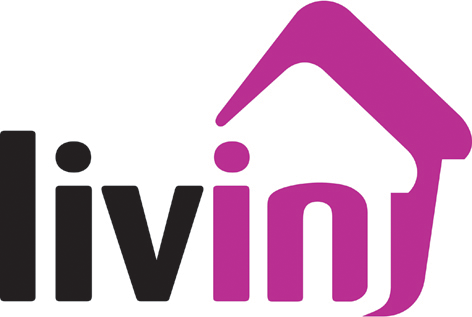
Overview
Elvet were appointed by social housing provider, livin as the Project Manager to deliver their Asset Management Strategy 2011-16. This outlined the overall short to long term future for their assets, which complemented and helped shape the company’s overall business plan.
The purpose of the strategy was to ensure that the client was fully aware of the performance of the assets it owns; including whether they have a sustainable future and the investment or disinvestment required to at least meet the Decent Homes Standard. The strategy encompassed:
- 8,542 homes
- 40 retail units
- 5 offices
- 2,751 garages
To judge the immediate and long term sustainability of the assets, it was essential to run financial modelling over a 30yr life cycle taking into account the maintenance regime of the properties, revenues generated and overall demand for the asset type.
Background
Part of the commission was to validate the existing stock condition information that was collated to develop the company’s business plan and promises to the tenants as part of the stock transfer completed in 2008.
Originally the assets were grouped into 180 house types; however after undertaking a review with the project team this was increased to over 800 types.
We compared the actual performance and business intelligence against the original maintenance requirements identified at stock transfer to re-profile the investment needs based on new knowledge, which reduced the anticipated spend required to fulfil the Decent Homes Standard and tenant promises.
To ensure the financial model used to ascertain the asset groups long term sustainability, we used historic data captured through analysing the asset performance for each house type. This allowed us to enter the costs associated with actual responsive maintenance, management costs, void period, demand, rental income and capital investment required for each house type.
In addition we had to consider external factors that may have impacted upon the long term viability of the individual assets using livin’s internal business intelligence and other published reports. The asset management strategy considered the following key areas:
- Does the current asset base reflect the current demand i.e. was long term demand for two bedroom properties or was there more interest for three bedroom family homes?
- Did the existing stock meet the expectations of an ageing population?
- Was local employment, amenities and communities impacting upon demand, and if so, what measures could be implemented to improve the long term viability of the estate.
- Could certain asset types be refurbished to meet current expectations i.e. sheltered accommodation converted into modern apartments for the over 55s, or was redevelopment more viable.

Our Approach
We investigated and reported upon the strategic context identifying the initiatives outlined by Durham County Council regarding housing (Housing Strategy 2010-15) within the geographical area including funding initiatives that the client could access e.g. Regional Growth Fund.
This was beneficial to improve the housing stock that may be financially unviable without external investment. We also had to be mindful of the risk attached to the sustainability of the asset types, such as the impending changes earmarked as part of the welfare reform.
Working closely with the client’s project team, key departments and stakeholders we developed a scoring system to group, which assets should be invested in and property groups that should have investment postponed until further feasibility studies could be undertaken. This shaped the clients immediate investment programme to meet the Decent Homes Standard, whilst avoiding investing in unviable assets.

 Award-winning Chartered Quantity Surveyors and RICS Chartered Building Surveyors. T: +44 (0) 191 7166768
Award-winning Chartered Quantity Surveyors and RICS Chartered Building Surveyors. T: +44 (0) 191 7166768 